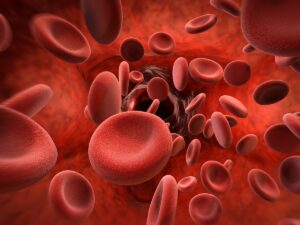
Haemolysis
Application of complex analytical tools for the assessment of mechanical blood damage in medical devices
The following posts include the selected tag:

Application of complex analytical tools for the assessment of mechanical blood damage in medical devices
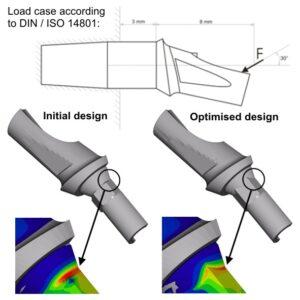
Based on the results of FE simulation analyses and the use of material heave lines the creep or fatigue strength of components from all sectors can be determined with the variation of different designs and materials.
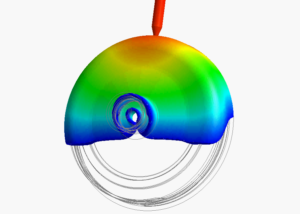
A material-related resource efficiency, the substitution of non-sustainable raw materials, an optimal recycling behaviour and a lightweight construction, which of course must not exclude an adequate service life …
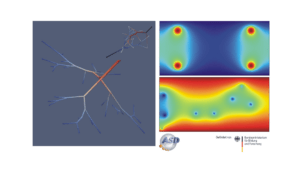
3D vascular trees generated with the Vascular Tree Module (left) / Insulin release from liver cells (top) and oxygen supply of irregularly arranged cell clusters (bottom) calculated with Diffusion Solver
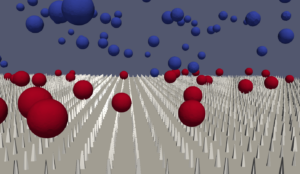
As part of the workshop on laser-structured microsurfaces on 22 and 23 January 2019 at the Yachthafenresidenz Hohe Düne, the growth of fibroblasts and osteoblasts
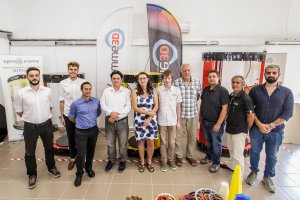
The aim of the recently launched collaborative project “3D Pivot – 3D bio-Printing for Insulin producing Vascularized Organs following Tumour resection” is to further develop
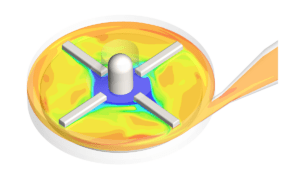
Hemolysis and the formation of thrombi are usually undesirable phenomena in blood pumps, dialyzers and other blood-carrying medical devices.
ASD has been developing simulation models for evaluating biological compatibility for over 20 years. With simultaneous optimization of the technical functionality, innovative devices and artificial organs with excellent biocompatibility are developed together with our customers.